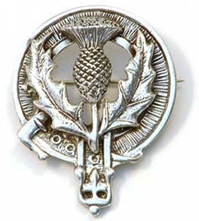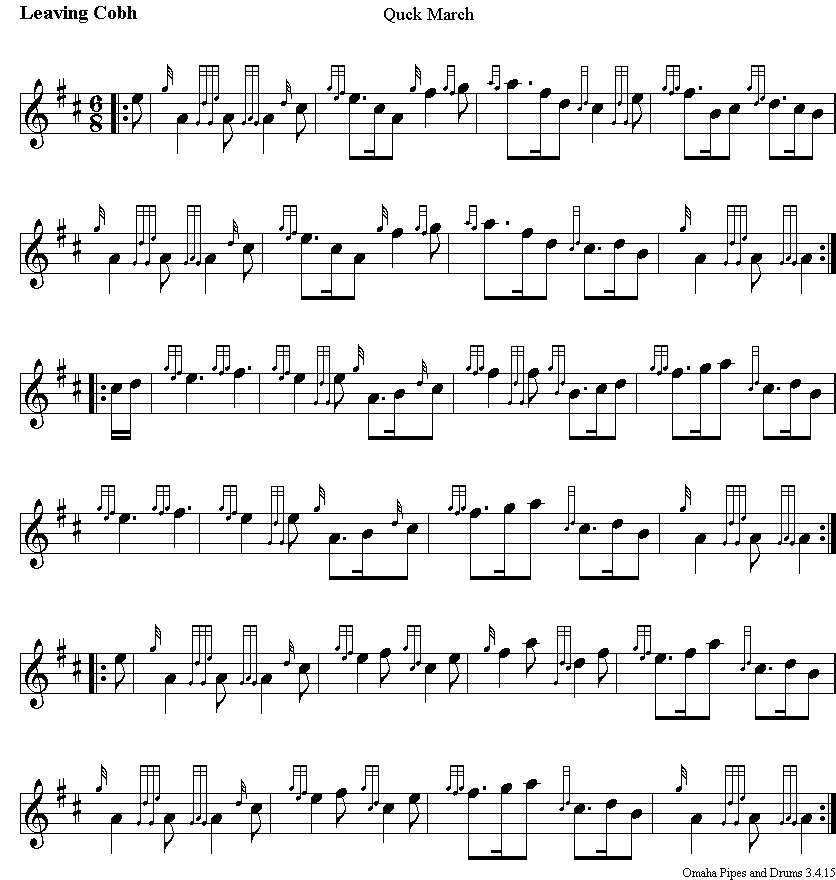Cobh is a tourist seaport town on the south coast of County Cork, Ireland. Cobh is on the south side of Great Island in Cork Harbor and is home to Ireland's only dedicated cruise terminal. The port, which has had several Irish-language names, was first called "Cove" ("The Cove of Cork") in 1750. It was renamed "Queenstown" in 1850 to commemorate a visit by Queen Victoria. This remained the town's name until the late 1920s, when it was renamed Cobh by the new authorities of the Irish Free State.
According to legend, one of the first colonists of Ireland was Neimheidh, who landed in Cork Harbor over 1000 years BC. He and his followers were said to have been wiped out in a plague, but the Great Island was known in Irish as Oilean Ard Neimheadh because of its association with him. Later it became known as Crich Liathain because of the powerful Uí Liatháin kingdom who ruled in the area from Late Antiquity into the early 13th century. The island subsequently became known as Oilean Mor An Barra, (the Great Island of Barry & Barrymore) after the Barry family who inherited it.
The village on the island was known as Ballyvoloon, overlooking "The Cove" and this was first referred to as Cove village in 1750 by Smith the historian who said "it was inhabited by seamen and revenue officials".
One of the major transatlantic Irish ports, the former Queenstown was the departure point for 2.5 million of the six million Irish people who immigrated to North America between 1848 and 1950. On 11 April 1912, Queenstown was famously the final port of call for the RMS Titanic when she set out across the Atlantic on her ill-fated maiden voyage. She was assisted by the PS America and the PS Ireland, two ageing White Star Line tenders, along with several other smaller boats delivering first-class luggage. Local lore has it that a Titanic crew member, John Coffey, a native of Queenstown, jumped ship, although there is no record of his name on the crew list. 123 passengers boarded in all; only 44 survived the sinking.
Cobh was also a major embarkation port for men, women and children who were deported to penal colonies such as Australia.
Another tragically notable ship to be associated with the town, the Cunard passenger liner RMS Lusitania, was sunk by a German U-boat off the Old Head of Kinsale while in route from the US to Liverpool on 7 May 1915. 1,198 passengers died, while 700 were rescued. The survivors and the dead alike were brought to Cobh, and the bodies of over 100 who perished in the disaster lie buried in the Old Church Cemetery just north of the town. The Lusitania Peace Memorial is located in Casement Square, opposite the arched building housing the Cobh Library and Courthouse.



